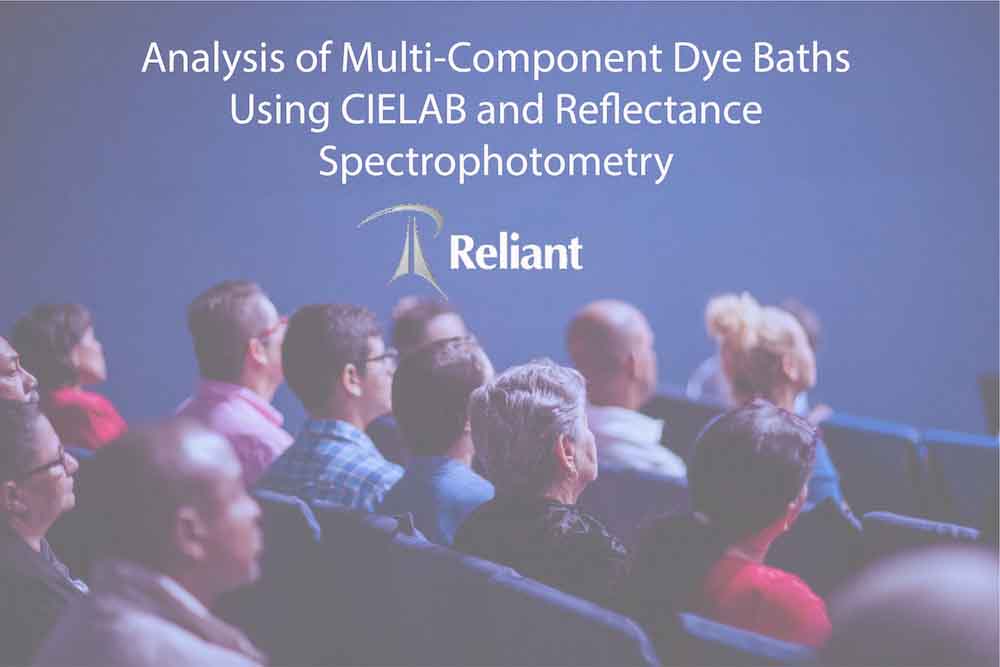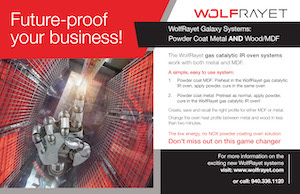Alternative finishes and substitute materials pose market challenges to the anodizing industry.
Click above to watch the webinar/video
Wet and powder paints afford almost infinite color palette choices and greater color consistency than anodizing. Substitute materials such as polymers and plastics have similar color advantages to wet and powder paints. Advancements in material properties of plastics and polymers are penetrating traditional anodizing markets. For example, a lower unit in a modern sporting rifle can be made using a poured polymer instead of using a forged or machined aluminum.
However, anodized aluminum continues to have significant marketing advantages that can exploited. Designers like the look and feel of anodized aluminum. Alternative competitive finishes and substitute materials have yet to match the metallic look of anodized aluminum. To many designers, anodized aluminum also projects quality and value to the consumer due to its feel and deep metallic appearance.
“Designers want color options, but projects are often lost because a specific color cannot be achieved,” says Kevin Janis, Business Development Manager for Reliant Aluminum Products, who presents in this webinar an “Analysis of Multi-component Dye Baths Using CIELAB and Reflectance Spectrophotometry.”
Working with Jacqueline Cook, Lab Chemist for Reliant Aluminum Products, their project seeks to develop methods to control production dye baths to achieve additional color options through complex dye blends and increased color uniformity through dye bath control. This not only will greatly help to maintain existing market shares, it also has the potential to develop shares in new markets.
In this webinar presentation, Janis and Cook examine the current state of anodized dye bath controls, including multi-component organic dye baths that are often difficult to control. They explore issues related to color consistency and address factors such as disproportionate consumption, varying responses to contaminants and decreased dye activity.
Janis and Cook’s webinar presentation looks at the need to develop a control method to adjust dye baths prior to noticeable color shifts. Initially, the project sought to directly analyze the dye bath as a means of testing for color shifts. However, this method did not sufficiently correlate to parts anodized and colored from the dye bath. Instead, the project concluded it is more effective to rely on a spectral reflectance graph obtained from analyzing the dyed part from the dye bath. Equipment used to measure reflectance values are more accurate and detailed than the human eye. In both the lab and production environments, this technique has great promise for adjusting a dye bath to maintain a specific color with less variation.
For additional information, please visit http://www.reliantaluminumproducts.com/






































